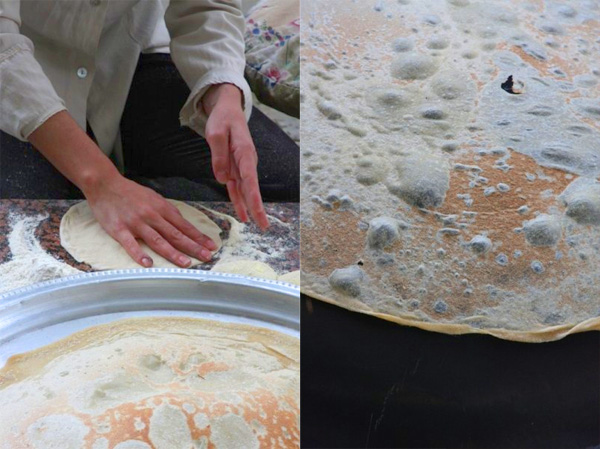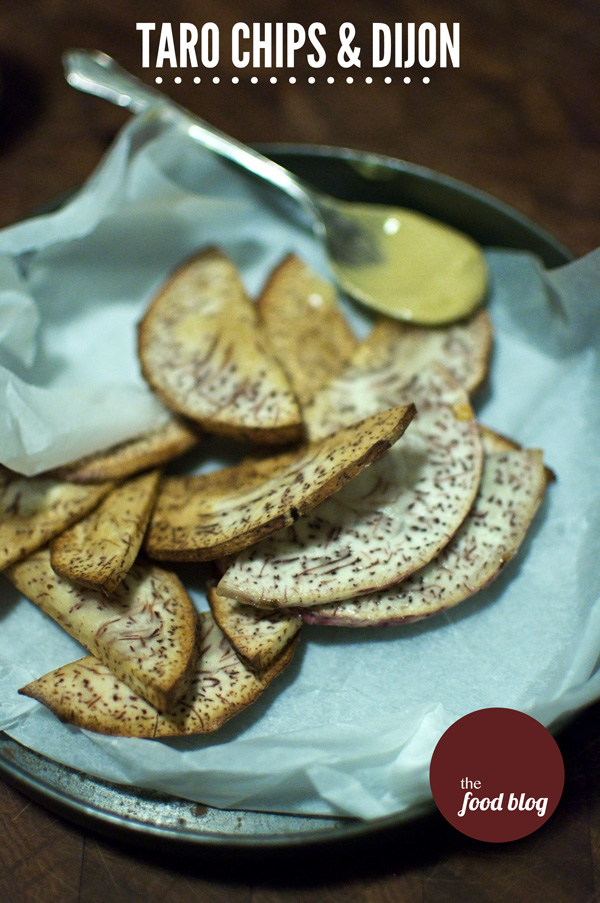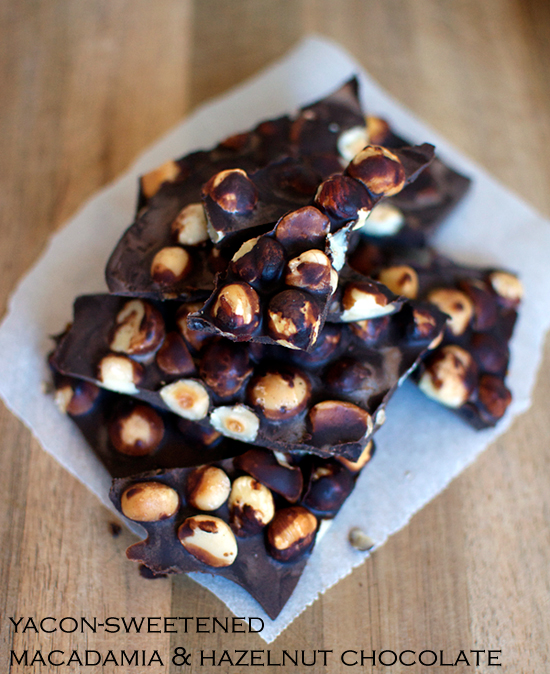
Labna with olive oil, olives and rosemary sprig
Yoghurt. The oldest of all milk derived foods and the most feared. It is said (by me) that Genghis Khan’s only phobia was due to a recurring dream of drowning in a pool of horse milk yoghurt. The same goes for Alexander the Great, though he, against all odds, managed to overcome that fear through strenuous hypnosis and homeopathic practices, and in fact ended up loving the stuff. Throughout the ages, yoghurt has had many wonderful and amazing uses. Phoenicians used it for facials, and the ancient Egyptians used it in their mummification process in conjunction to consuming it with long grain Egyptian rice as they waited for the mummies to dry. Allright, enough joking around. Let’s be serious for a minute. This multi-faceted ingredient has helped shape the face of Middle-Eastern gastronomy, yet its origins are shrouded in mystery. Legend has it that after slaughtering a newborn camel, desert travelling Bedouins would saddle the mother camel’s milk encased in the baby’s stomach sack, where the stomach bacteria, along with the heat of the sun, curdled the milk into, yes, yoghurt!

If you were to consider world cuisines distilled to a singular ingredient, would you be able to imagine French food sans beurre, Chinese food with no soy sauce, Italian food before Chris C brought back the first tomato? Well, you may not have guessed it, but when it comes to Middle- Eastern food, yoghurt is the reigning champion, the jamon to Arabia’s Serrano, and without it, Middle Eastern food just wouldn’t be Middle Eastern food. I grew up eating yoghurt. All Lebanese people have. In fact, It is so prevalent that there are Middle-Eastern cookbooks solely dedicated to cooking with yoghurt. When it comes to cooked yoghurt dishes, kibbeh b’ laban (yoghurt kibbeh) is an absolute favourite, but when eaten fresh, there’s nothing that beats labna. Strained through muslin, yoghurt lets go of its whey to become incredibly creamy, and the longer you strain it, the thicker and richer it gets. This is labna: wheyless yoghurt that is salted and eaten in every single Lebanese home, every single day at every single breakfast. My memories as a child take me back to when dad would stack up the “troups” in the run down 70’s Mercedes (he loved that car) and drive us around. We’d whinge and complain about being hungry, and Mr Kassab would try to find somewhere cheap and cheerful to feed the family of six. Often, we’d end up at small makeshift bakeries with (as was usually the case) a weathered, slightly chubby but very cheerful grey-haired lady sitting cross legged in front of a saj, masterfully baking the thinnest sheets of bread, crisp and translucent. We would demolish a sheet in seconds, dunking shards and folds into most luscious olive oil drizzled labna decorated with sweet tomatoes, salty olives and fresh, fragrant mint. Pure joy.

Saj bread making
N.B. Make labna by straining yoghurt through a clean pillow case or muslin, or by pouring it over layers of absorbent paper towel. Depending on the quantity, it may take a few hours so keep it straining in the fridge. When it reaches the desired consistency, remove it, salt it and destroy it!


13 comments
A wonderful post on the history of yoghurt as well as its significance in Lebanese cuisine. That saj bread is thin and browned like a crepe!
Yum.
Labneh for breakfast sure beats Weetbix!
I agree: kibbe labanyeh is the best! I want to bring a saj home with me and make markook~ headed back home to Dallas soon.
Such a bity I am running out of newborn camels! Seriously speaking though, I think that the power of thick, settled yogurt is underestimated. Such great balance if served along with spicy dishes.
I always look forward to your recants and stories in your posts. I am not sure the baby camel stomach version of yoghurt would get past my lips.
I love a good thick yoghurt and have actually had success at making labna at home. I really didn’t think it would work as it is really easy to make, simple things are sometimes the best.
Not sure that I’d try it for breakfast but the only way I can eat this is if it’s swimming in olive oil and has a lot of salt!
mademoiselle délicieuse, merci! saj bread is wonderful. you should try it fresh if you can
Amanda, I went through a weetbix stage, no i’m back on labna
Joumana, I also want a saj! I’ve looked everywhere for it. I found a Turkish place that once sold it, but that’t the closest I’ve been. They no longer import them! Damn it!
Joanna, I’ve got a couple of camels if you want me to send some across, just say the word 😛
Sara, hehehe. Thanks. I try to keep things entertaining. It’s mainly about getting these stupid stories out of my head. Glad you enjoy. I agree about the baby camel version. Not sure if it was camel or horse or cow… Or even goat. But it was something…
Corinne, olive oil and salt are a must, and having it for breakfast is another must 🙂 Come on, build up some courage!
Oooh, I can see why folks eat this at every meal. So could I use Greek yogurt for this and skip the straining step since it’s already gone through that?
Hiya Carolyn
Trust me, you’ll want to strain it. It will loose around a third or more of its liquid and the result is something completely different to yoghurt. You’ll want to thank me in person 🙂
wala atyab fouad! i am in love with your food!
Thanks Paty!